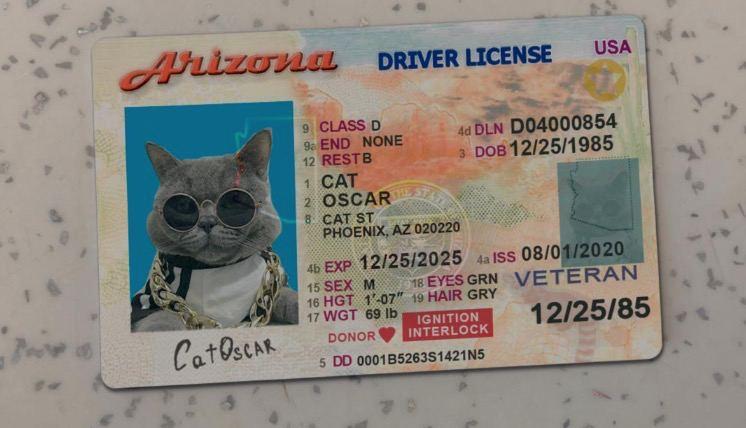The magic of film and theatre is often in the details—the flick of a wristwatch, the design of a document, or even the appearance of a driver's license during a tense scene. These elements, while seemingly minor, play a critical role in creating believable and immersive worlds. Prop templates, especially versatile ones like a fake arizona drivers license, offer filmmakers and stage designers an indispensable tool. They blend seamlessly into the narrative, respecting legal boundaries while enhancing the authenticity of the production.
The Role of Templates in Production Design
Templates are more than just a means to an end in the creative industry; they are the backbone of a production's visual authenticity. When a scene calls for a character to show identification, the accuracy and quality of that prop can either pull an audience deeper into the story or jarringly push them out.
Customization and Speed
Prop templates allow for rapid customization and production, which is crucial in a field where time and accuracy are paramount. Designers can swiftly tailor details to fit the narrative or setting of a production, whether it’s changing the name and address on a driver’s license or modifying the layout to reflect different timelines or locations.
Cost-Effectiveness and Reusability
The use of templates can significantly reduce the costs associated with prop production. Once a template is created, it can be reused across multiple projects with minimal adjustments, providing production teams with a cost-effective solution that doesn’t compromise on quality.
Legal and Ethical Considerations
Navigating the legal landscape of prop use is a critical skill for any production team. The use of real-life designs without proper authorization can lead to significant legal repercussions, making templates an even more attractive option.
Copyright Laws and Prop Use
Templates are designed to mimic real items without infringing on copyrights. This careful balance ensures that productions do not violate intellectual property laws while maintaining the visual fidelity audiences expect.
Ethical Use of Props
Beyond legality, there is an ethical dimension to consider. Using templates ensures that productions do not misuse real information or documents, which could inadvertently lead to privacy violations or other ethical concerns.
Technological Advancements in Prop Creation
The digital revolution has transformed how props are created and used in the entertainment industry. Advanced software and printing technologies now allow for high-quality, detailed props that can be produced quickly and at scale.
Digital Design and 3D Printing
Software like Adobe Photoshop and 3D modeling tools have made it possible to design and print props that are indistinguishable from their real-world counterparts. These technologies also enable rapid iteration and customization, which are essential in a fast-paced production environment.
Enhancing Realism with Technology
With advancements in technology, props can now include functional features, like barcodes or magnetic strips, that interact with other digital elements in a production, enhancing both the realism and interactivity of the prop within the story.
Case Studies: Successful Use of Templates
Examining real-world applications of prop templates in various productions can provide valuable insights into their practical benefits and the creative solutions they enable.
Film and Theater Examples
Several high-profile productions have leveraged prop templates to great effect, ensuring legal compliance and enhancing the authenticity of their narrative worlds. These case studies highlight the seamless integration of templates into complex scenes, adding depth and realism to the productions.
Conclusion
Prop templates represent a fusion of creativity, technology, and legality. They are not just tools but crucial elements that enhance the storytelling process, ensuring productions are both believable and compliant with legal standards. By incorporating versatile and customizable templates, the creative industry can continue to innovate while maintaining the authenticity and engagement that audiences demand.

